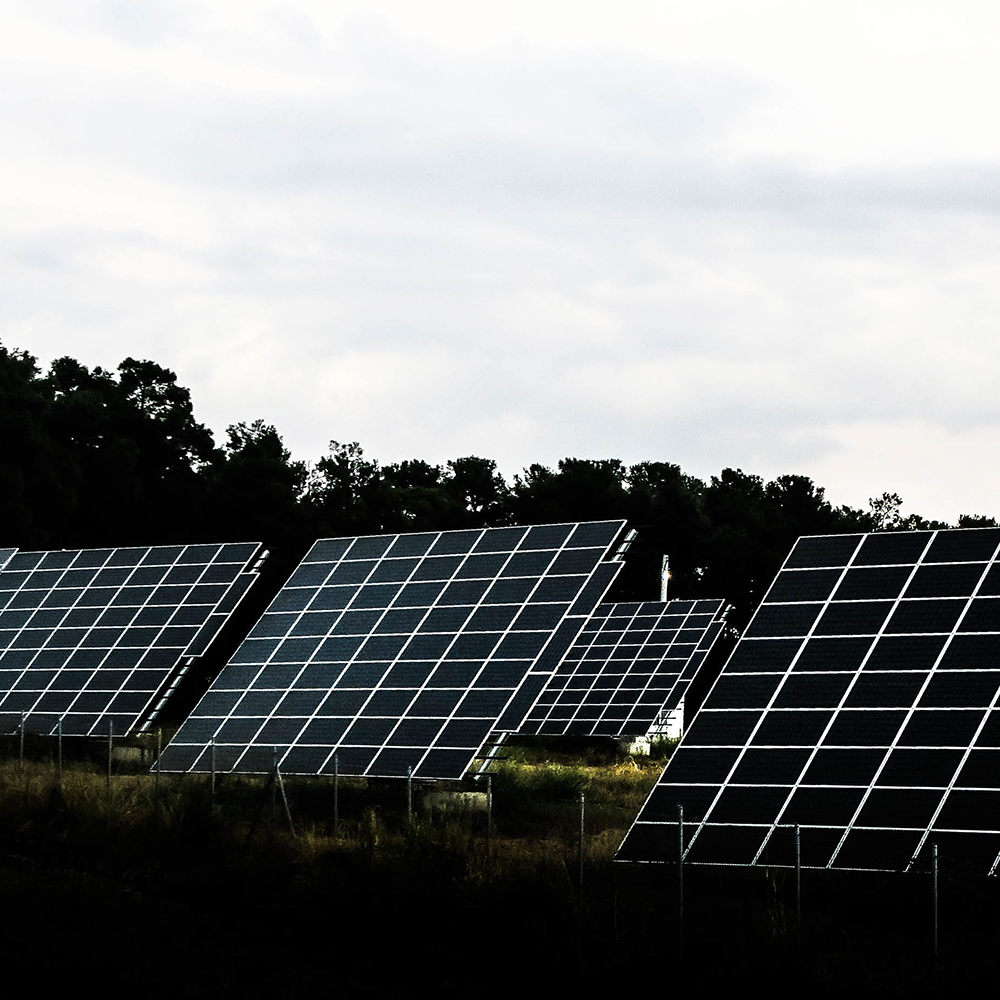California’s energy transition is moving along about as smoothly as Joe Biden’s reelection campaign. Both are incoherent, have encountered hurdles they can’t scale and have made promises that can’t be kept.
California’s race to produce greenhouse-gas emission-free power by 2045, for instance, has hit a snag in Los Angeles, where Department of Water and Power customers (1.4 million get their electricity from the DWP) are going to see their rates increase, according to a report from the city’s Office of Public Accountability.
If the DWP is to reach “total clean energy penetration” by 2035, which is more ambitious than the statewide goal, “the impact on rates (average, compounded) for 2022-2035” would be a 7.7% increase. The surge could reach 8.3% a year, depending on a few variables.
In both instances, the rates would be “5.2% to 5.8% above LADWP’s rate modeling long-term inflation assumption of 2.5%/yr.”
The report, compiled for the city by the Brattle Group, concludes that “the sustained escalation” in “rates and bills is not reasonable.” Turns out that the 2035 deadline is coming too fast.
The hurdles that Los Angeles is facing are not unique. California’s entire green energy campaign is running behind. A report released in March – the 15th annual California Green Innovation Index – indicated that the state “would need to triple the rate at which it has been cutting emissions since 2010” if it is to meet its 2030 emissions target of 260 million metric tons of carbon dioxide equivalent.
“Using the trajectory in emissions since 2010, California won’t meet the 2030 goal until 2047.”
“Just build renewables infrastructure faster” might seem like the appropriate response, but remember: 1) It’s becoming harder and harder to build almost anything in California, especially enormous public works projects, and 2) the DWP’s accelerated 2035 goal is the cause of the projected higher rates. The Office of Public Accountability warned the utility that it should avoid making “large-scale investments in GHG reducing or storage technologies whose costs may drop, and performance may improve after 2030.” In other words, be patient and let the tech develop.
The LADWP’s almost inevitable price hikes aren’t an isolated case of rate hardship, either.
“Soaring electricity rates in California are putting millions of households in a pinch, fueling concerns that a mounting energy affordability crisis could undermine the Golden State’s ambitious efforts to transition the largest U.S. state economy off fossil fuels,” S&P Global reported earlier this year.
The California Council on Science and Technology recently warned officials that they need to think carefully “about how to pay for the energy transition including necessary generation, energy storage, and upgrades to the grid.” If costs are passed on to customers in the form of higher rates, “load growth may not be adequate to keep costs affordable for consumers.”
And we haven’t even brought up the vast amount of land that’s going to be needed to make the forced transition – land that won’t be easy to turn into solar and wind farms, and cleared to accommodate the thousands of miles of additional transmission lines that are going to be required.
It’s painfully clear by now that policymakers did a poor job of planning when they decided that California’s power grid just had to be fossil-fuel and nuclear free by 2045. In their haste to be first and sit on the braggart’s throne, they have blundered just as they miscalculated the time and dollars needed to build a high-speed rail connecting Southern California and the middle – never mind Northern California – of the state.
Politicians should never make promises they can’t keep nor spin out projects that are based more in hope than reality. But they do, and nowhere is the latter more common than California.
Kerry Jackson is the William Clement Fellow in California Reform at the Pacific Research Institute.

